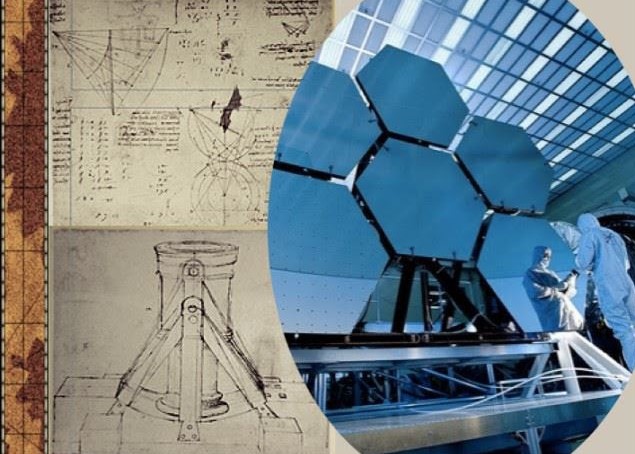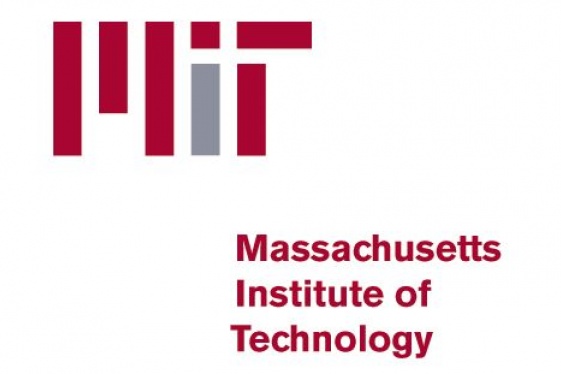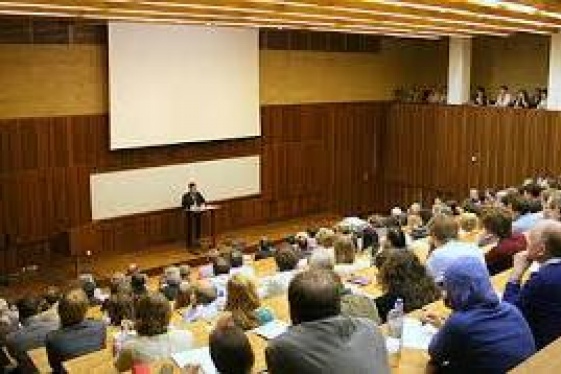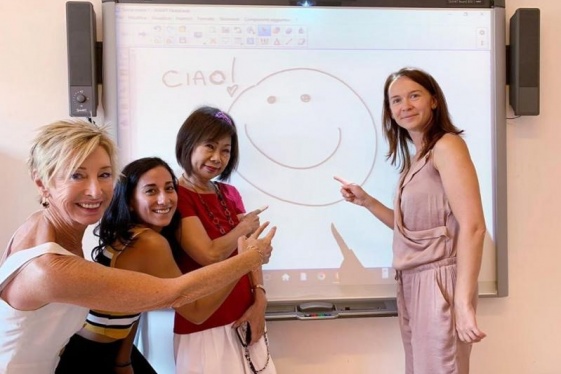
Celebrating Leonardo da Vinci: upcoming lecture at the Minnesota Institute for Astrophysics

“The end of the Dark Ages”, Claudia Scarlata. Thursday, October 3, 2019. 6:30 – 8:00 pm, The University of Minnesota, Minnesota Institute for Astrophysics (room B50): 116 Church St SE, Minneapolis, MN 55455. Co-presented with the Minnesota Institute for Astrophysics, University of Minnesota. This event is free and open to the public. Pre-registration is strongly encouraged to help us plan the event. Click here to register.
Leonardo created artworks that showed knowledge of aerodynamics, optics, physics, astronomy, and mechanical drawings for futuristic technology, including the first premodern telescope. 500 years later the NASA is launching the new James Webb Space Telescope, which will be a huge leap forward for space telescopes. Prof. Claudia Scarlata will introduce the upcoming observatory peering toward the end of the Cosmic Dark Ages.
After a glowing beginning, the Universe went through a phase of darkness that lasted for millions of years. This phase, known as the Dark Ages, ended with the formation of the first stars and galaxies. These objects were very different from the stars and galaxies we see in the Universe today, after its 13.8 billion years of life. Come and learn about the impact that these objects had on the Universe, and what we have learned and will learn in the near future from upcoming facilities such as the new James Web Space Telescope.
Afterwards, if the weather allows, participants will be invited for telescope viewing on the patio.
Dr. Scarlata is an associate professor in the Minnesota Institute for Astrophysics at the University of Minnesota, Twin Cities. Scarlata earned her PhD degree from the University of Padua (Italy), and has been a faculty at the University of Minnesota since 2011, after research experience at Caltech and ETH-Zurich. Scarlata's research focuses on the formation and evolution of galaxies, specifically on the role that star-formation plays in galaxies growth and in the reionization of the Universe. Dr. Scarlata received the UMN College of Science and Engineering George W. Taylor Distinguished Research Award for her research.
SOURCE: The Italian Cultural Center of Minneapolis/St. Paul
You may be interested
-
2015 scholarship competition
The La Famiglia Scholarship committee is pleased to announce the financial aid competition...
-
Emanuele: cervello d'Italia al Mit di Boston
Si chiama Emanuele Ceccarelli lo studente del liceo Galvani di Bologna unico italiano amme...
-
Italian Americans media and beyond: between...
The Department of Italian invites you to a lecture by Fulvio S. Orsitto who is an Associat...
-
Italian world language teacher 2015-2016
FRAMINGHAM PUBLIC SCHOOLS - JOB DESCRIPTION TITLE: World Language Teacher - Italian...
-
'Cake Boss' TV star brings his family's baker...
Shake Shack isn’t enough to satisfy Mall of America visitors with East Coast-bred eateries...
-
'Italy Stay Strong': What The Coronavirus Eme...
On the northern coast of Sicily, looking out toward the magnificent Aeolian Islands, Milaz...
-
'La Notte Italiana Brilla' at West Orange Hig...
West Orange High School came alive on June 2 with a celebration of Italian culture as the...












